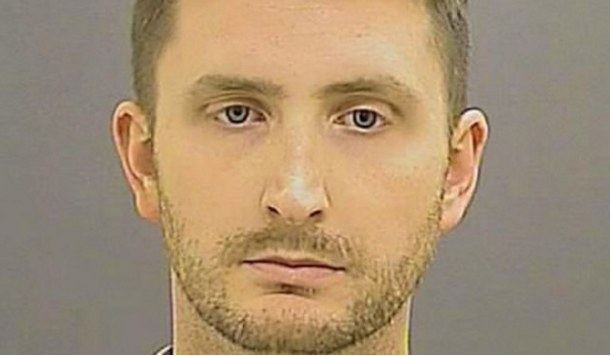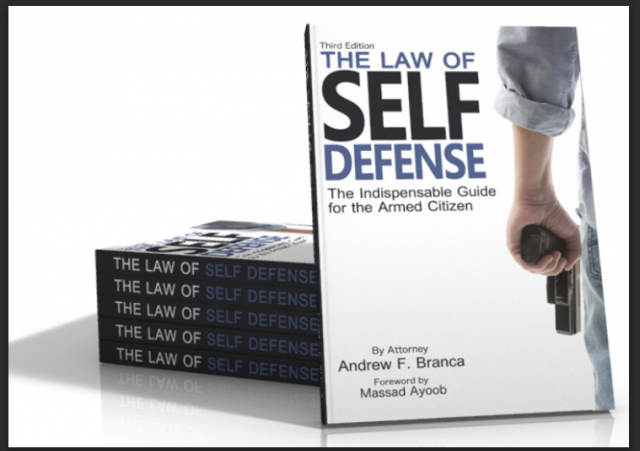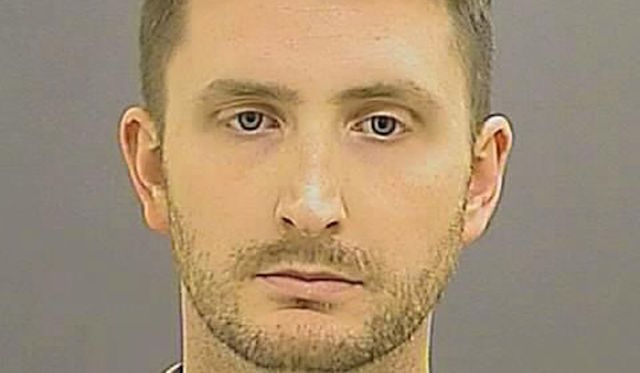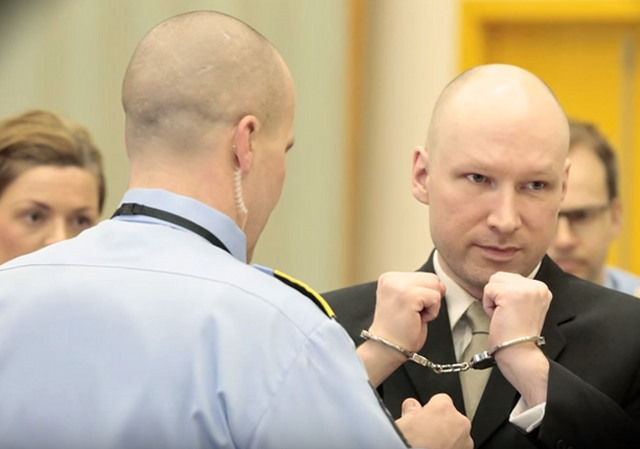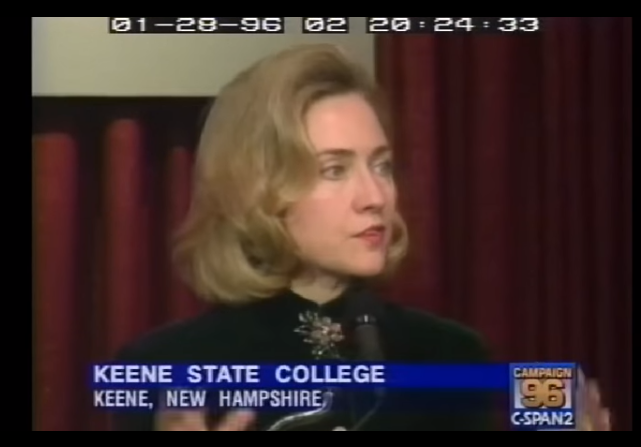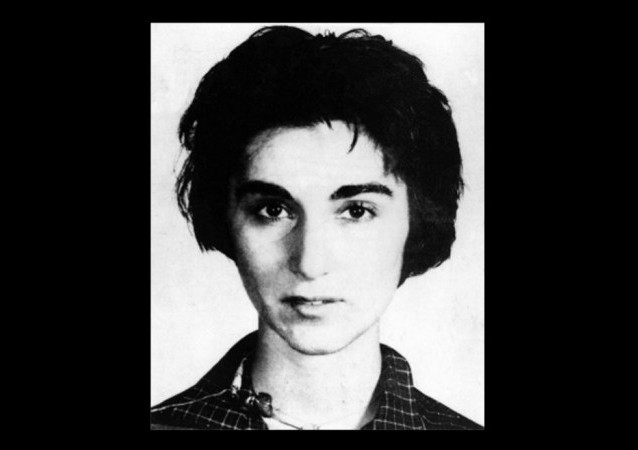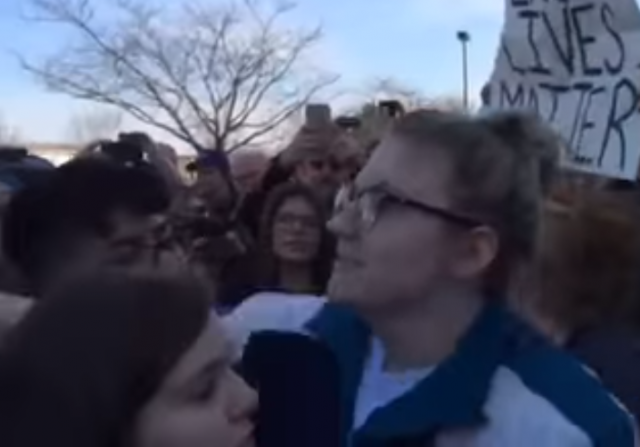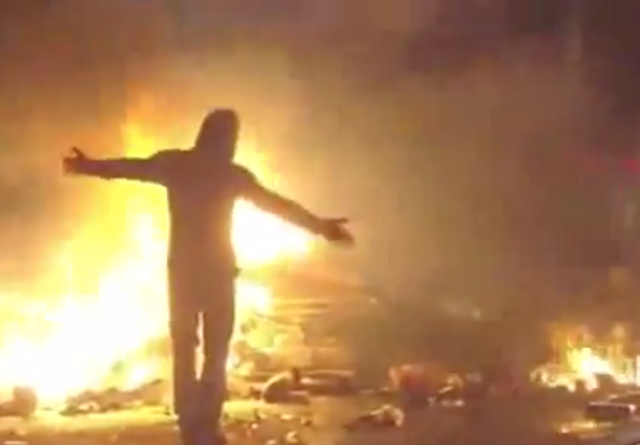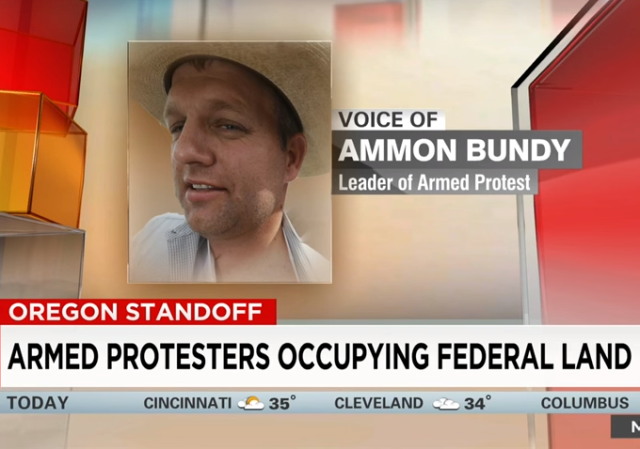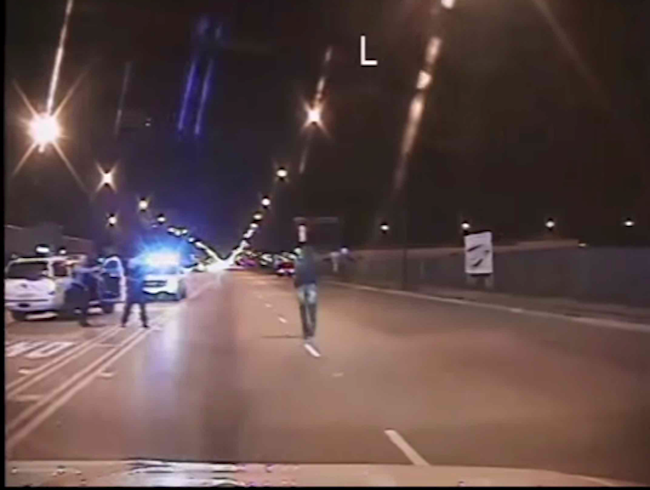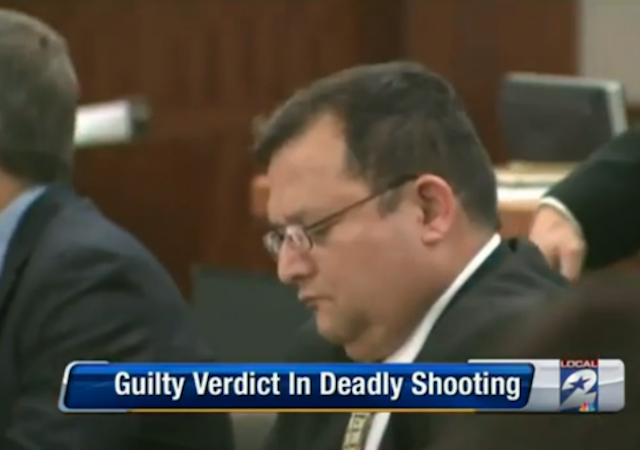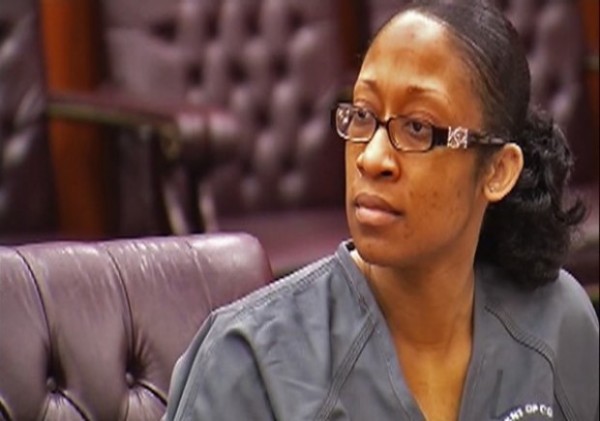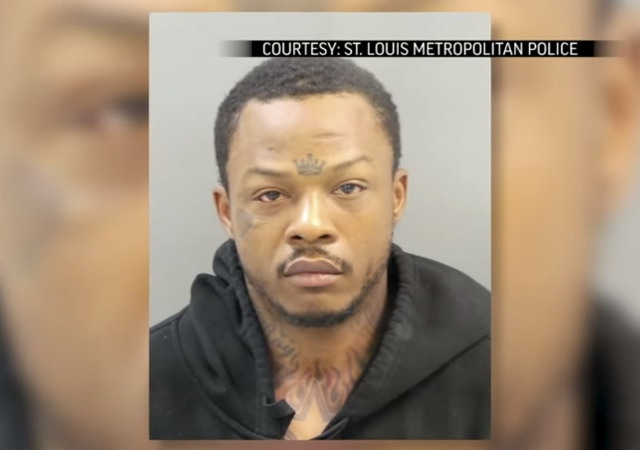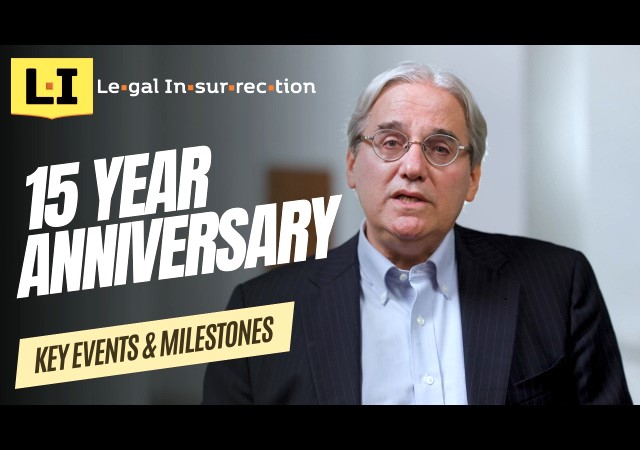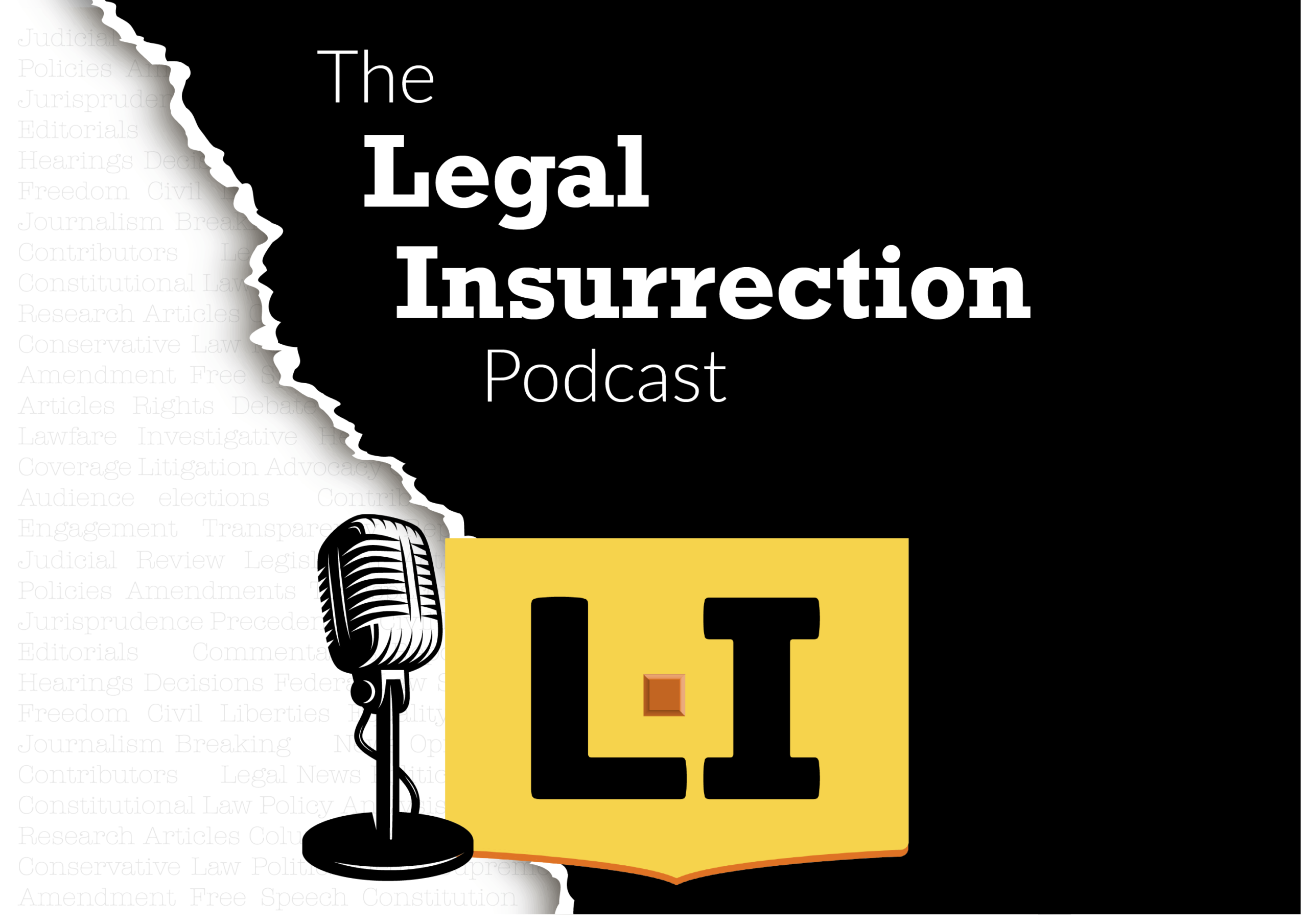NOTE: This post has one correction and one clarification, as noted below.
One of Florida's more interesting laws is the so-called "10-20-Life" statute, properly cited as
§775.087 Possession or use of weapon; aggravated battery; felony reclassification; minimum sentence. In a nutshell, §775.087 provides, among other things, for mandatory minimum sentences for the possession or use of a firearm while committing one of several enumerated violent crimes. It appears likely now that some substantial changes will be made to §775.087, particularly in the context of self-defense, on the basis of a bill moving through the Florida Senate. (The PDF of the proposed revised bill, currently named SB 228, is embedded at the bottom of this post.)
§775.087 has, of course, long been a target for groups who oppose mandatory minimum sentencing as a matter of policy. More interestingly, it has also become a target for the self-defense advocacy community, who believe the statute has been used inappropriately against people who were merely acting in self-defense.
In effect, the statute lists 18 various crimes, and then establishes mandatory minimum sentences if a person convicted of one of those crimes was either in possession of or discharged a firearm while committing the underlying crime:
§775.087(2)(a)(1): Possession of firearm = 10 year mandatory minimum.
§775.087(2)(a)(2): Discharge of firearm = 20 year mandatory minimum.
§775.087(2)(a)(3): Discharge causing death or great bodily harm = 25 to life mandatory minimum.
Note that each of those mandatory minimum sentences is to run consecutively with (on top of) sentencing for the underlying crime. Thus it's actually possible to receive a longer sentence for the "10-20-Life" portion of the offense than for the underlying offense itself. CORRECTION: I am advised by Florida public defender (appellate division) Steven Gosney that the §778.087 mandatory minimum "bumps up" the sentence for the underlying criminal charge, it is not in addition to that underlying sentence. So an aggravated assault sentence of 5 years, in which a firearm was discharged, would under §778.087 be increased to a total of 20 years; it would not end up as a combination of 5 years for the underlying charge and an additional 20 years for §778.087.

